A Lewis dot structure is a drawing of a molecule. The cartoon only "works" for stable molecules that actually be. Then it's a prissy tool to explore how atoms bond into more than circuitous substances.
A Lewis dot structure is as well called a Lewis structure, a Lewis dot diagram, an electron dot structure, or a dot diagram. When people mention Lewis or dots, they are talking about drawing a molecule to testify how the atoms bond.
Download and print the black and white pdf. Information technology's 5 printer-friendly pages. There'southward an answer key too in the other pdf file.
Follow the below examples to acquire this important technique for drawing Lewis dot diagrams.
Drawing Lewis structures is based on the octet rule. The idea is that each atom (aside from H, hydrogen) is surrounded past 8 valence electrons. Each bond (stick) represents a pair of valence electrons, and the pairs of dots also correspond pairs of valence electrons.
It's all based on valence electrons, which are shown as dots. So Lewis structures are as well called dot diagrams, electron dot structures, or Lewis dot diagrams.
The CH4 Lewis structure has the typical instance of carbon C in the center with 4 bonds to iv other atoms. Note that hydrogen just forms 1 bond. And then CHfour is the only combination that works…. there is no such matter as CHthree or CH5, for instance, as it has to exist CHiv when a carbon atom bonds with hydrogens. Methane is likewise called natural gas, and information technology's the smallest of the alkane hydrocarbon family unit of molecules.
The NH3 Lewis structure has the typical example of nitrogen North in the center with 3 bonds to 3 other atoms. There is also a lone pair of electrons (unbonded electrons) on North. The solitary pair (dots on N) could be drawn in any position… upward, down, left, or right. Unremarkably, however, we draw N with a pair of dots on top.
The PCl3 Lewis structure has the typical instance of phosphorus P in the center with 3 bonds to iii other atoms. Phosphorus is from the aforementioned column as nitrogen in the periodic table, meaning that P and N generally have the same bonding structure. Annotation the lonely pair (dots without bonds) on peak of P, just like for North in the previous example for NH3.
Chlorine Cl is a halogen that forms 1 bail. It's much like hydrogen H in forming 1 bond, except halogens will exist surrounded past 3 pairs of dots in addition to the bond.
The H2O Lewis construction has the typical instance of oxygen O in the center with 2 bonds to 2 other atoms. Note the pair of lone lone pairs (two pairs of dots without bonds, or 4 dots total) on the superlative and bottom of O.
The H2Southward Lewis structure has the typical instance of sulfur S in the center with 2 bonds to ii other atoms. Sulfur is from the aforementioned column equally oxygen in the periodic tabular array, significant that S and O mostly have the same bonding structure. Notation the pair of lone lonely pairs (two pairs of dots without bonds, or 4 dots total) on the height and bottom of S.
I major deviation between S and O is, that under sure circumstances not shown hither, sulfur S may course half-dozen bonds.
The oxygen gas Lewis construction is a bit different than those to a higher place. First, there is no eye atom to which the others are attached. It is simply a pair of oxygen atoms, and oxygen gas O2 is known as a diatomic element. Oxygen O always needs 2 bonds, and in this case it bonds twice to some other O cantlet. This is called a double bond, represented by two parallel lines or sticks. Notation that there are nevertheless 2 pairs of dots (4 dots total) effectually each O cantlet, just similar when oxygen forms unmarried bonds as in the water example in a higher place. It is typical for oxygen to course double bonds.
The nitrogen gas Lewis structure is just a pair of nitrogen atoms, and nitrogen gas Ntwo is another diatomic element. Nitrogen N always needs 3 bonds, and in this case it bonds thrice to some other N cantlet. This is called a triple bond, represented by three parallel lines or sticks. Note that in that location are still a pair of dots in a higher place each N atom, just similar when nitrogen forms single bonds as in the NHiii example previously. It is typical for nitrogen to class triple bonds, and it may likewise take double bonds.
The CH2O Lewis structure has a primal carbon atom C connected to 3 other atoms. Carbon always needs 4 bonds and oxygen e'er needs 2 bonds, so a double bond must form between C and O. The remaining ii bonds for carbon C become to the 2 hydrogen H atoms. This is a typical case in which carbon is usually found in the heart, with all other atoms connected to carbon.
This is the same as the H2CO Lewis construction or the HCHO Lewis structure, as there are a few ways to write out the formula for this chemical known equally formaldehyde.
The carbon dioxide Lewis structure has carbon bonded to just 2 other atoms, both oxygen O atoms. At that place needs to exist double bonds from carbon to each oxygen to ensure that carbon gets 4 bonds total and each oxygen gets 2 bonds full.
The CS2 Lewis structure is fundamentally no dissimilar than for COtwo in the previous example. Sulfur S and oxygen O are in the same column of the periodic table, so they both need 2 bonds and can double bond equally needed.

Lewis Dot Structure Of So2,
Source: https://learnwithdrscott.com/lewis-dot-structure/
Posted by: davisonated.blogspot.com

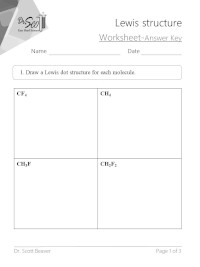
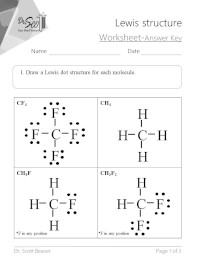



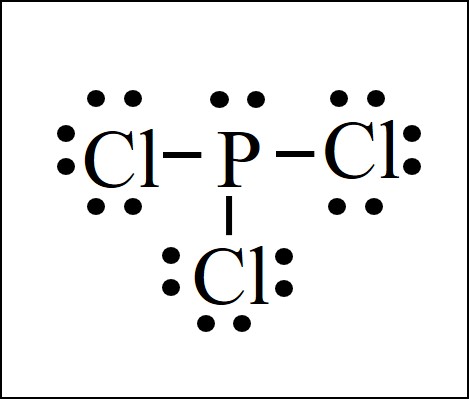

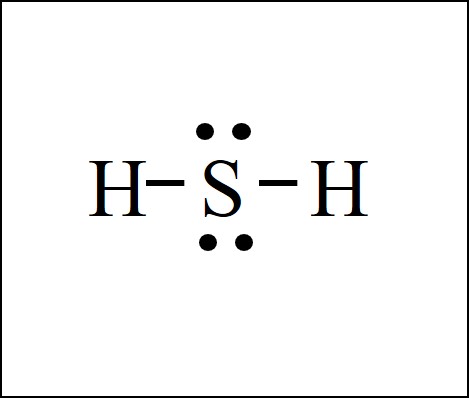
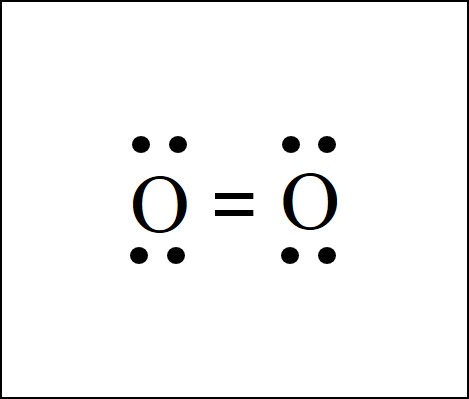
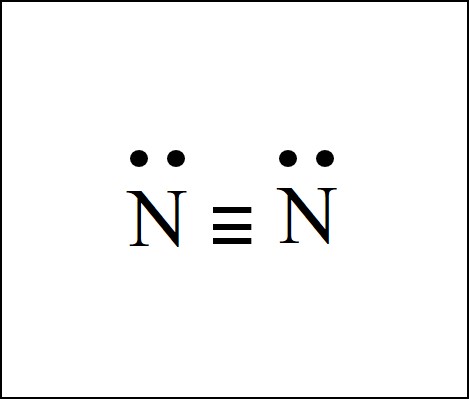
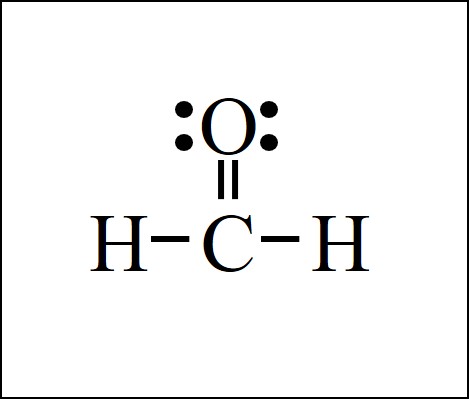
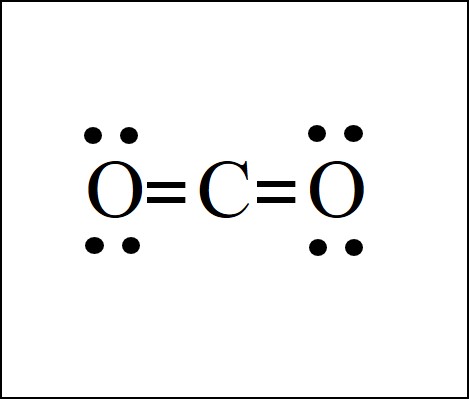
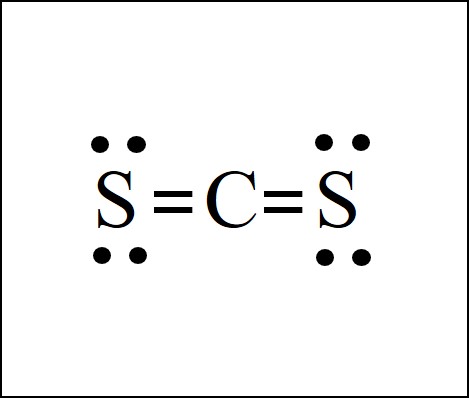

0 Response to "Lewis Dot Structure Of So2"
Post a Comment